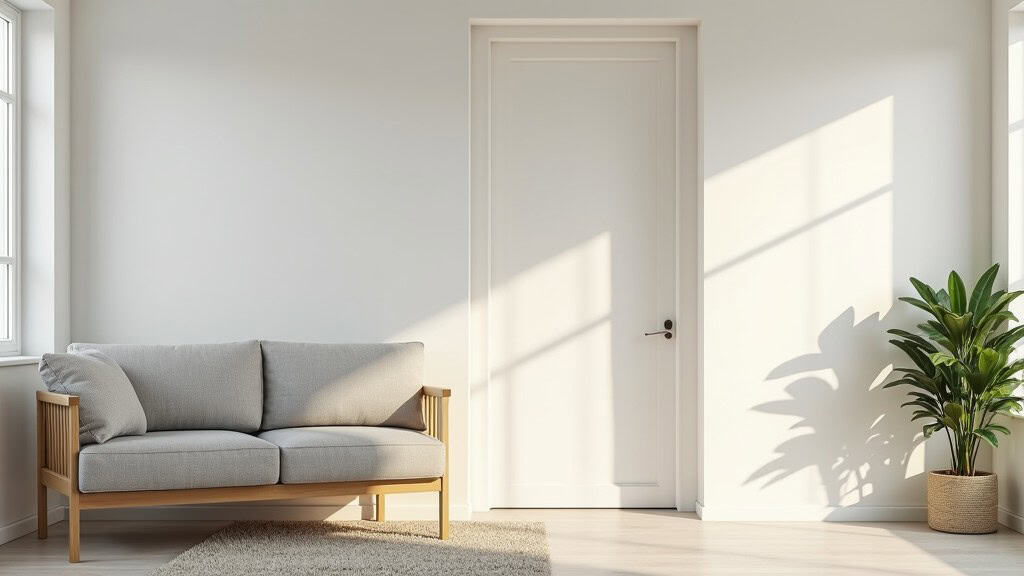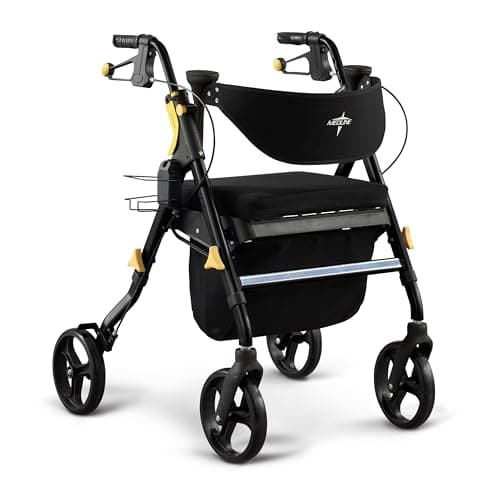
Safe Home for Seniors
Making a home safe for seniors is a practical process. I work hard to ensure a secure and comfortable environment for older adults. The safety tips below outline essential steps to minimize risks and enhance accessibility.
Some links on this page are affiliate links. If you click and make a purchase, I may earn a small commission at no extra cost to you. I only recommend products I trust and personally use.
Thanks for supporting my site and content!
Step 1: Assess Home Safety for Seniors
Start by honestly checking your living environment. Walk through your home and note areas that might cause accidents. Look at floors, lighting, and movement patterns. Key areas to check include loose rugs, ensuring clear doorways and stairs, and evaluating hallway lighting. This brief survey helps identify hazards that may be overlooked.
Step 2: Identify Potential Hazards
After the initial assessment, identify specific risks where falls or injuries are likely to occur. Focus on bathroom modifications, such as non-slip surfaces and dry floors. Ensure stair safety with sturdy handrails and adequate lighting. Also, address kitchen hazards by keeping walkways clear. Identifying these risks helps establish priorities for changes that can significantly improve safety.
Step 3: Make Vital Home Adjustments
Once risks are spotted, it’s time to make adjustments. Simple changes can greatly improve home safety. Begin with small projects, such as installing grab bars near the toilet and in the shower, adding non-slip mats, and improving lighting with brighter bulbs or extra lamps. These modifications are practical and attainable. Also, rearrange furniture to create clear pathways and reduce tripping hazards.
Step 4: Develop a Regular Maintenance Routine
Home safety is an ongoing effort. Regular checks can prevent minor issues from escalating into hazards. Schedule periodic reviews of grab bars, non-slip surfaces, carpets, lights, and door locks. Routine maintenance builds upon earlier safety improvements, keeping the environment secure over time.
Step 5: Consider Technology for Step Up Safety
Modern solutions can also boost home safety. Adding technology can provide an extra layer of protection and peace of mind. Consider installing sensors that alert you to unusual movements or open doors, automated lighting systems that turn on when needed, and emergency response systems or alarms for quick help. These tech features serve as a safety net, ensuring help is available when needed and enabling quick responses to unexpected situations.
Step 6: Prepare Emergency Plans and Resources
Even the safest home needs an emergency plan. Have a clear guide for crisis situations that includes local service contacts, an evacuation plan that everyone understands, and a designated area for emergency supplies such as medications, water, and a flashlight. Having these steps ready can ease stress in critical moments and reduce the risk of injuries.
Step 7: Address Common Concerns
- What if modifications seem too costly? Budget-friendly options and local government programs often offer help with home safety improvements.
- How long does it take to see improvements? Some changes, such as improving lighting or adding non-slip mats, take effect immediately, while larger renovations require more time but offer lasting benefits.
- How do I know which products are best for seniors? Look for products reviewed for elderly safety, and consult with professionals in home modifications for expert advice.
- What if a family member resists changes? Discuss the safety benefits calmly and share real-life examples of how modifications prevent accidents.
Final Thoughts
Creating a safe home for seniors is a thoughtful, step-by-step process. Every change, from installing grab bars to setting up emergency plans, makes a home more secure and comfortable. Careful assessments and regular updates enhance safety, fostering an environment that allows seniors to enjoy their independence with confidence.
Keeping up with safety features is crucial for identifying new challenges as needs evolve. Whether you make one small adjustment or several measures, every effort improves the overall quality of life for seniors. For more practical tips, consider checking local home safety resources and support groups.
Remember, creating a safe home is a continuous process that evolves over time. Regularly review your safety measures and update them to match changing needs. Involving family members in the planning and execution of these changes can help everyone feel secure and supported. By staying informed about new technologies and community resources, you not only protect your home but also nurture a sense of well-being in your loved ones. Each small improvement contributes to a better quality of life and peace of mind for everyone in the household. Your commitment makes all the difference.






